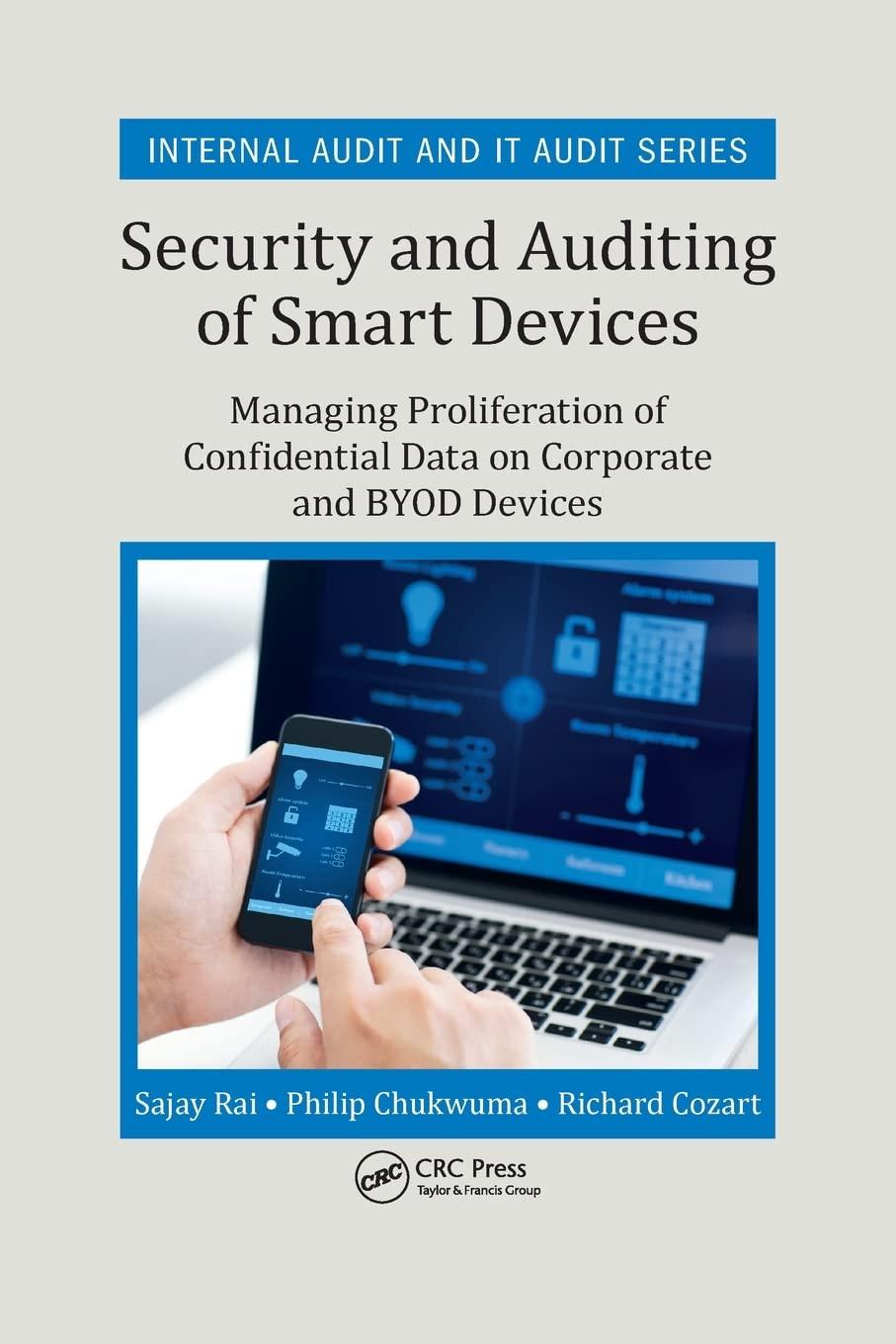Summary of Capital Project Information 1. The equipment has a delivered cost of $57,000. An additional $3,000 is required to install the new equipment. 2. The new control device falls into the 7-year class for depreciation and will be depreciated using MACRS as per the Tax Reform Act of 1986 and a further modification in 2005. (Reference the information APPENDIX 12A, pp. 451-452 in our textbook.) 3. At the end of 8 years, the estimated Salvage Value, of the new equipment is $20,000. 4. The existing control device has been in use for approximately 10 years, and it has been fully depreciated (that is, its book value is zero for the old device). However, its current market value, for the old device, is estimated to be $5,000. " (Aleprecration) S1-o = SK 5. The applicable tax rate is 348. 6. The new control device requires lower maintenance costs and frees personnel who would otherwise have to monitor the system. In addition, it reduces product wastage. In total, it is estimated that during its eight-year life the yearly savings will amount to $20,000 if the new control device is used. Yearly Sales Revenue is unchanged. For all calculations assume these cash flows occur at the end of the year. (Change in FCF, TC.) 7. The illustrative firm's cost of capital is 168. QUESTIONS LL NOTE: Include All Relevant Work Answers alonc are unacceptable. 1. Develop a capital badgeting schedule that evaluates the relative merits of replacing the old machine with the new one. Use the nov methodoiogy and show the basis for all of your inputs (1.e. CFO, AFCE, and TC.). Based on Nev, make an investment decision on this project proposal, and state why you made this decision 8. Be sure to formulate all inputs to NPV and clearly include them in your formula. (Be certain to include in your answer the formula showing numerical inputs needed to calculate NPV). [Note: I am not asking you for the EXCEL formula, rather the actual formula showing all the inputs.) b. Be certain to interpret your NPV ($) answer. b. 2. The required payback for the new control device is six (6) years. Based on this required payback answer the following questions: Calculate the payback period for the new investment. Make an investment decision based on your payback calculation. You Calculate the discounted payback period. (No information is given on the required discounted payback so no investment decision is to be made in this part c.) The authors of our textbook have identified three major conceptual weaknesses of payback. Identify and briefly discuss each of the weaknesses. C. 3. 4. Suppose one of the salesmen, for the company sealing the new control device, was making a presentation to a potential customer i.e., Power Systems) who used the internal-rate-of-return method in evaluating capital projects. a. what is the internal rate of return on this item project? Make an investment decision. b. Be sure to formulate all inputs to IRR and clearly include them in your formula. (Be certain to inelude in your answer the formula showing numerical inputs needed to calculate IRR). Note: I am not asking you for the EXCEL formula, rather the actual formula showing all the inputs.) In addition answer the following questions: c. Calculate and make an investment decision using the MIRR. (Assume the cost of capital is the reinvestment rate in your EXCEL calculation) d. Compare the MIRR LO IRR and discuss the reasons for the differences in your answer. 5. What would be the effect on NPV and IRR if the new control device falls into the 5-year class for depreciation versus the original indicated 7-year class? Assume that all the original information remains unchanged (1.e. the new investment still generates cash flows for eight (8) years, as per the original information. ) Calculate NPV and IRR. b. Make an investment decision based on the information in a. above, and state why you made that investment decision. Interpret your NPV ($) answer. 08 a. C. Assume that all the original intomation remains unchanged for Questions 6-9, except for the change indicated in the question. 6. What would be the effect on the Net Present Value (NPV) it straight-line depreciation, rather than accelerated depreciation (MARCS) was used? a. Give the direction of change, precise figures are not required. b. Explain fully why this change occurs. (It might be more logical to base your discussion on why this occurs" on actual values for the new NPV, thus you can include your calculations but they are not required.) 7. What would be the effect of an investment tax credit (ITC) on the analysis? An investment tax credit is a credit against income taxes equal to a specified percentage of the cost of an investment. Calculate and interpret the NPV assuming a 104 ITC, 8. Suppose the marginal tax rate increased to a 40%, answer the following questions: a. What accounting values in the capital budget (CF, AFCE, TCF) would be changed and the direction of the change? b. Calculate the IRR and NPV based on the change in the tax rate. Make an investment based on your calculations of NPV and IRR. 9. Suppose, since the new machine is more efficient, that it will require an immediate increase in working capital of $25,000 (raw materials) which is eliminated (freed up and returned to us in full) at the end of the machine's life. (a) Calculate, interpret and make an investment decision using NPV. (b) Calculate and make an investment decision using IRR










